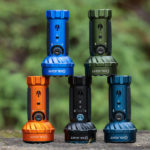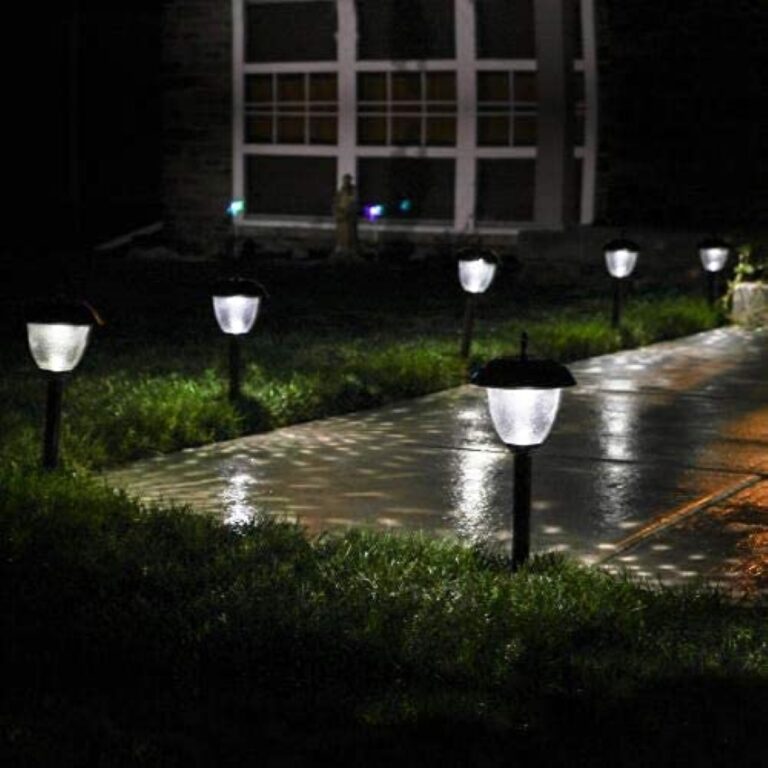There are various heating and energy sources that can be used when grilling for your next cookout in your backyard this summer. Each of these fuel sources has its own set of benefits and drawbacks, with some potentially altering the overall flavour of the food you cooked.
It doesn’t matter if you’re looking for affordable barbeques for sale or you need something heavy-duty for large-scale outdoor grilling, some options are better than others when it comes to making the perfect summer meal. Here’s a shortlist of the top 5 contenders for the juiciest, most flavourful barbeque of this year:
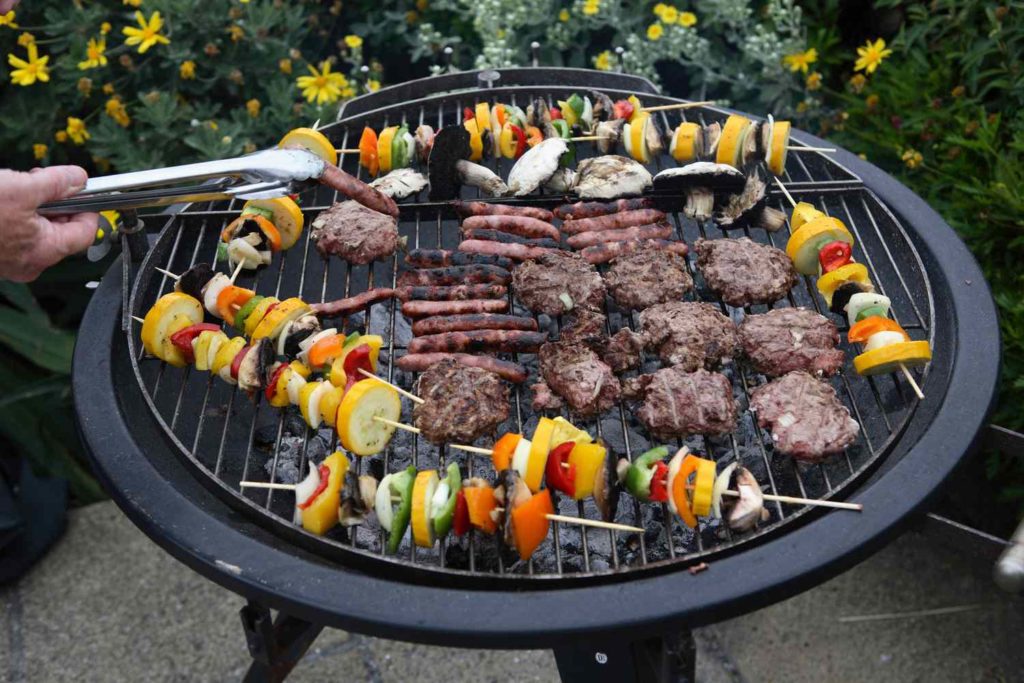
Charcoal Barbeque
For a variety of reasons, charcoal grills have long been a favourite of outdoor cooks. A charcoal version is simple to use, and foodies adore the smoky, rich flavour that charcoal provides.
All charcoal models work on the same basic principles. The air intake is located near the bottom of the device and is manually adjustable. When air enters the grill, it passes through the lit charcoal and exits through an additional vent at the top, much like a wood-burning stove. The more air allowed to enter and exit the device, the hotter it will become.
One advantage of adjusting the air intake and exhaust is that once the temperature stabilises within the temperature zone you want to cook at, it usually remains unchanged and continuous throughout the cooking process, provided there is sufficient charcoal to keep it able to run at that temperature.
This is especially useful when cooking tougher cuts of meat for extended periods of time, allowing them to break down into tender meat with intense flavours.
Gas and Propane Grills
Grilling food on a gas model is healthier than using other types of kitchen equipment, believe it or not. This is because the fat and other unhealthy grease drip away from the food when it sits on the grates. This is also true for vegetables; unlike other cooking methods, the various vitamins and minerals in the vegetables remain.
Gas varieties are appealing because they are convenient, they heat up quickly, and there are numerous accessory options available to improve the cooking experience. Side stoves, lights, integrated food temperature sensors, and dedicated meat searing areas are examples of accessories that combine all sorts of useful gadgets, and the industry is constantly adding new innovations.
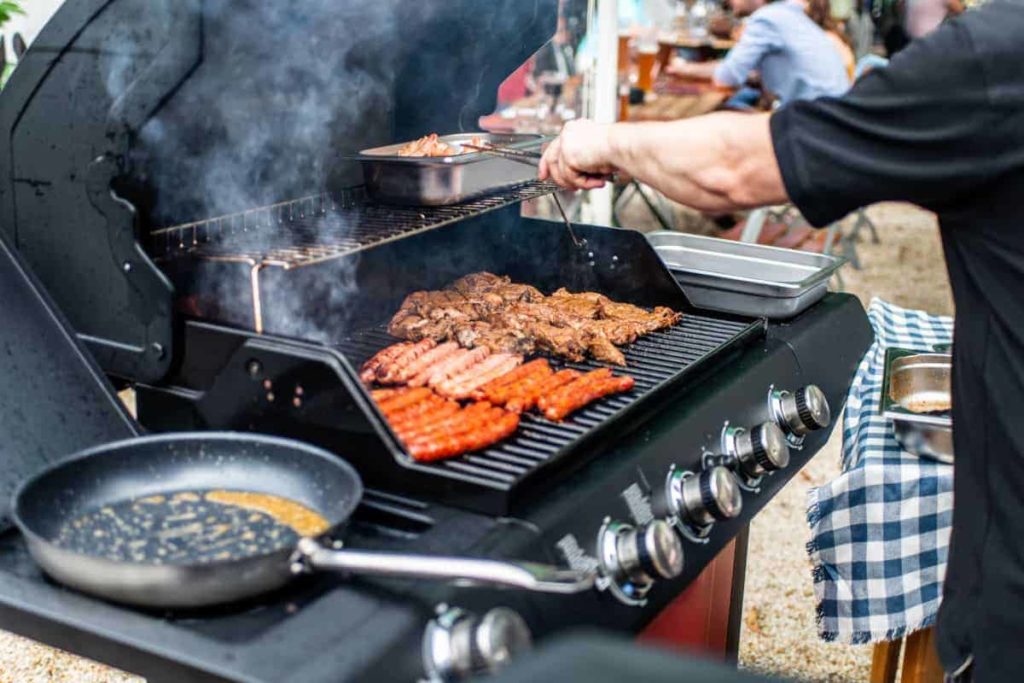
Gas grills, like gas stoves, heat up quickly and require the least amount of pre-heating before you can begin grilling. This is convenient, but gas burns very cleanly and adds little flavour when compared to charcoal or pellet models; however, gas is also extremely efficient and simple to maintain. According to the Hearth, Patio, and Barbecue Association’s recent consumer survey, gas options are the most popular among BBQ enthusiasts and those looking for quality barbeques for sale.
Kettle Grills with Charcoal
These are certainly one of the most well-known types of charcoal grills. They are simple, in the shape of a kettle, with a rounded bottom, a tight, removable lid, a stand, and grates. The charcoal is placed at the bottom of the device, elevated on a small grate, allowing ash and other cooking particles to fall freely away from the heat source while keeping an even airflow over the coals.
One of the primary advantages of this type of grill is its portability. Kettle grills are usually made of metal and are lightweight. They come in various sizes but are mostly mobile and require less charcoal to operate.
Kamado Grill
Kamado grills, also known as ceramic smokers or “egg grills,” are a more advanced version of the charcoal grill that has grown in popularity in the last decade. Kamado versions operate on some of the same principles as kettle ones, but with a few key differences.
The shape of the kamado is more elongated, resembling the outline of an egg. They are much heavier than kettle grills because they are typically made of a thicker ceramic material and can weigh anywhere from 60 to 200 kg, depending on size.
Although kamado grills excel as a source of extremely hot heat, their versatility in cooking makes them appealing. A heat deflector is a popular indoor or outdoor BBQ accessory. It’s quite similar to outdoor pizza ovens and acts as a shield between the hot charcoal and your meal. Using a heat deflector allows this type of grill to prepare food more like an oven, transferring heat from all directions to your food. This produces a very consistent heat with fewer hot spots and is ideal for baking everything from pizzas to pastries; your only limitation is your imagination.
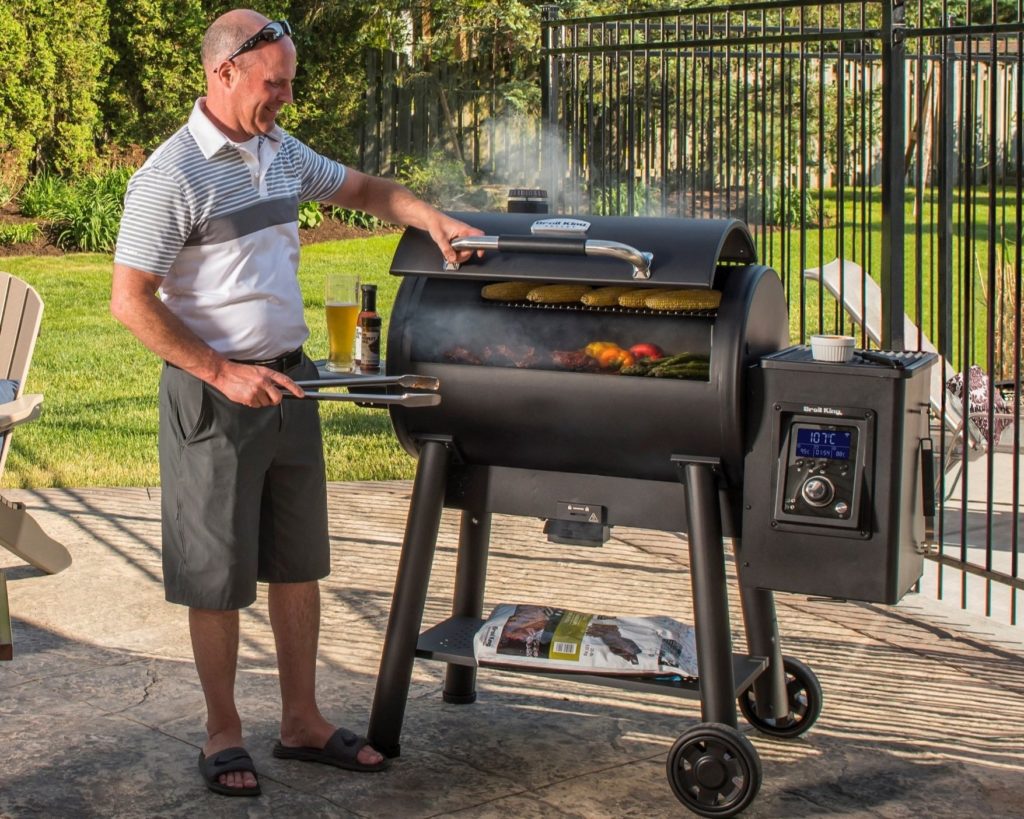
Pellet Barbeque
Although pellet grills have been around for about 30 years, they have only become popular in the last 5 years as a convenient and flavorful option for grilling. One of the most appealing aspects of this model is that it can function as both a smoker and a grill, making the combination of the two an excellent selling point.
Food-grade wood pellets the size of a black-eyed pea are loaded into a hopper and auger-fed to a burn pot. Depending on the temperature you set for your grill, the thermostat and burn pot work electronically to keep the device at that temperature. There aren’t many adjustments to make once you get the cooker operating to your specific requirements because the electronic temperature controls are constantly adjusting to keep it within your specified range.
This is useful, especially for longer cooks like brisket, ribs, and large roasts, because it allows you to let the meat cook without having to constantly monitor it. Because of the digital settings, this type of grill does entail the use of a power source, which must be kept connected throughout the cooking and cooling process.
Outdoor bbq running on pellets has a reputation for not searing or browning meat as well as other models, but some manufacturers have made significant strides in changing that perception by showcasing recipes with incredible char and marks.





